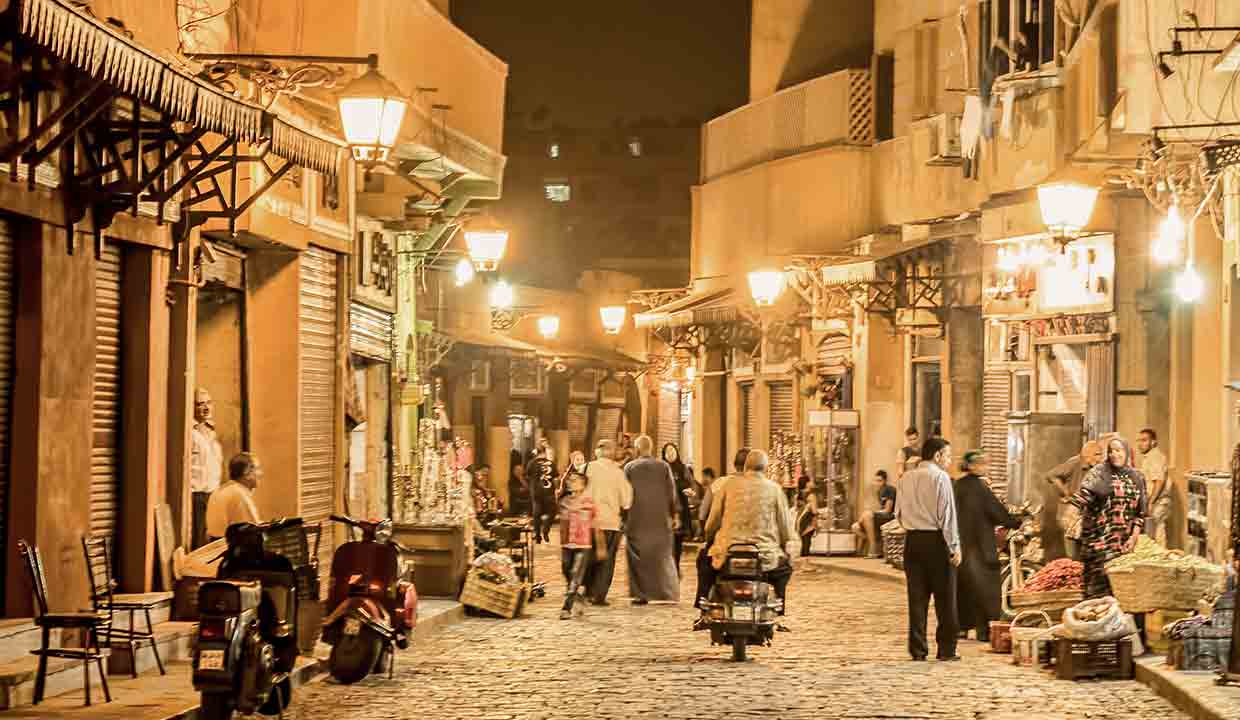Step onto Al-Muizz Street: Where every corner whispers tales of dynasties past, amidst Cairo’s most iconic architectural gems.
Wandering through Cairo, a city adorned with centuries-old minarets, bustling bazaars, and a tapestry of architectural wonders, it’s hard to ignore its most significant historical thoroughfare: Al-Muizz Street. Known fully as Al-Muizz li-Din Allah al-Fatimi Street, this avenue is more than just a pathway through the city; it is a vibrant journey through time.
A Brief History
Named after Al-Muizz li-Din Allah, the fourth caliph of the Fatimid dynasty and the founder of Cairo, the street encapsulates his grand vision for the city. Established during the 10th century, it became the political and cultural nerve center of the Fatimid empire, showcasing the dynasty’s opulence, ambition, and artistic inclination.
Architectural Wonders Along the Way
Stretching over a kilometer, Al-Muizz Street is flanked by some of Cairo’s most prized monuments, making it one of the densest concentrations of medieval architectural treasures in the Islamic world. As you walk, you’re greeted by mausoleums, madrasas (Islamic schools), hammams (bathhouses), and grand gates.
Some notable structures include:
- Qalawun Complex: A stunning representation of Mamluk architecture, housing a mosque, madrasa, and mausoleum.
- Bayt al-Suhaymi: A beautiful example of Ottoman-era homes, offering a peek into the domestic life of the time.
- Sabil-Kuttab of Abdel Rahman Katkhuda: An Ottoman-era public water fountain combined with a Qur’anic school.
Cultural Significance and Modern Relevance
Al-Muizz Street isn’t just a relic of the past; it’s a living, breathing part of Cairo’s cultural identity. In the early 2000s, extensive restoration work was initiated to bring back the glory of the monuments and ensure that the street remains an active part of Cairo’s urban landscape.
Today, it plays host to the Moulid of Sayyidna al-Hussein, a religious festival that sees thousands thronging the street. Moreover, the nighttime brings out the street’s vibrant character even more, with shops lighting up, offering traditional crafts and aromatic spices, and musicians adding rhythm to the atmosphere.
Conclusion
Al-Muizz Street stands as a testament to Cairo’s layered history, where each corner whispers tales of empires, dynasties, and the ever-evolving culture of this majestic city. Whether you’re a history enthusiast, an architecture aficionado, or simply someone looking to immerse themselves in Cairo’s essence, Al-Muizz Street awaits, promising a voyage through time.
